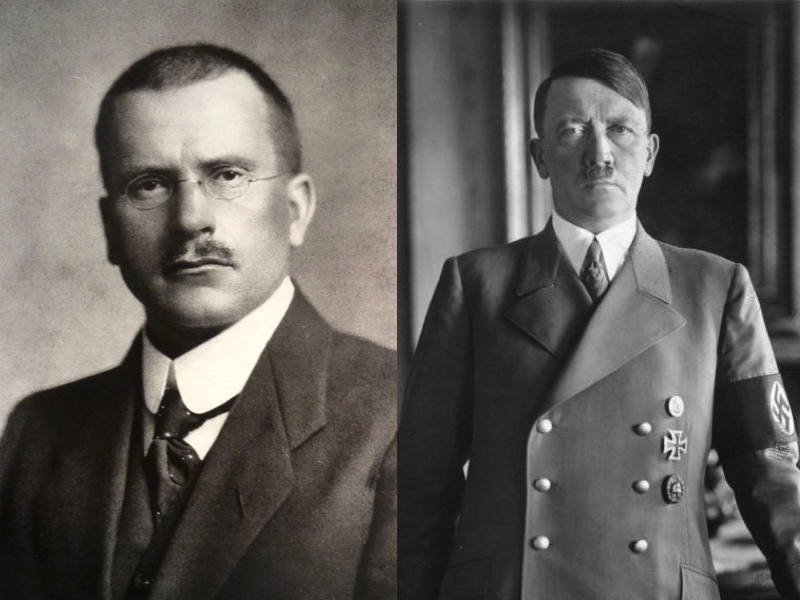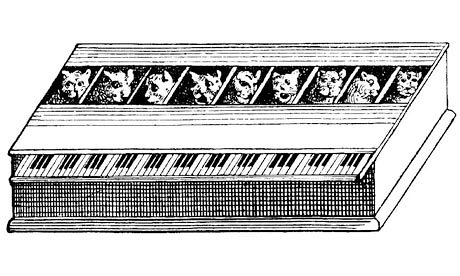You can be forgiven for thinking the concept of “flow” was cooked up and popularized by yoga teachers. That word gets a lot of play when one is moving from Downward-Facing Dog on through Warrior One and Two.
Actually, flow — the state of “effortless effort” — was coined by Goethe, from the German “rausch”, a dizzying sort of ecstasy.
Friedrich Nietzsche and psychologist William James both considered the flow state in depth, but social theorist Mihaly Csikszentmihalyi, author of Creativity: Flow and the Psychology of Discovery and Invention, is the true giant in the field. Here’s one of his definitions of flow:
Being completely involved in an activity for its own sake. The ego falls away. Time flies. Every action, movement, and thought follows inevitably from the previous one, like playing jazz. Your whole being is involved, and you’re using your skills to the utmost.
Author Steven Kotler, Executive Director of the Flow Research Collective, not only seems to spend a lot of time thinking about flow, as a leading expert on human performance, he inhabits the state on a fairly regular basis, too.
Chalk it up to good luck?
Good genes? (Some researchers, including retired NIH geneticist Dean Hamer and psychologist C. Robert Cloninger, think genetics play a part…)
As Kotler points out above, anyone can hedge their bets by clearing away distractions — all the usual baddies that interfere with sleep, performance, or productivity.
It’s also important to know thyself. Kotler’s an early bird, who gets crackin’ well before sunrise:
I don’t just open my eyes at 4:00 AM, I try to go from bed to desk before my brain even kicks out of its Alpha wave state. I don’t check any emails. I turn everything off at the end of the day including unplugging my phones and all that stuff so that the next morning there’s nobody jumping into my inbox or assaulting me emotionally with something, you know what I mean?… I really protect that early morning time.
By contrast, his night owl wife doesn’t start clearing the cobwebs ’til early evening.
In the above video for Big Think, Kotler notes that 22 flow triggers have been discovered, pre-conditions that keep attention focused in the present moment.
His website lists many of those triggers:
- Complete Concentration in the Present Moment
- Immediate Feedback
- Clear Goals
- The Challenge-Skills Ratio (ie: the challenge should seem slightly out of reach
- High consequences
- Deep Embodiment
- Rich Environment
- Creativity (specifically, pattern recognition, or the linking together of new ideas)
Kotler also shares University of North Carolina psychologist Keith Sawyer’s trigger list for groups hoping to flow like a well-oiled machine:
- Shared Goals
- Close Listening
- “Yes And” (additive, rather than combative conversations)
- Complete Concentration (total focus in the right here, right now)
- A sense of control (each member of the group feels in control, but still)
- Blending Egos (each person can submerge their ego needs into the group’s)
- Equal Participation (skills levels are roughly and equal everyone is involved)
- Familiarity (people know one another and understand their tics and tendencies)
- Constant Communication (a group version of immediate feedback)
- Shared, Group Risk
One might think people in the flow state would be floating around with an expression of ecstatic bliss on their faces. Not so, according to Kotler. Rather, they tend to frown slightly. Good news for anyone with resting bitch face!
(We’ll thank you to refer to it as resting flow state face from here on out.)
Note: An earlier version of this post appeared on our site in 2022.
Related Content
How to Get into a Creative “Flow State”: A Short Masterclass
David Lynch Explains How Simple Daily Habits Enhance His Creativity
“The Philosophy of “Flow”: A Brief Introduction to Taoism
- Ayun Halliday is the Chief Primatologist of the East Village Inky zine and author, most recently, of Creative, Not Famous: The Small Potato Manifesto. Follow her @AyunHalliday.




